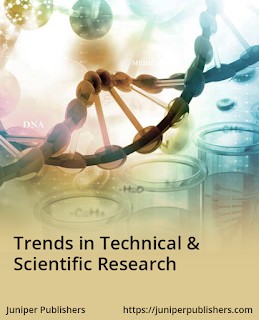A Brief Account on Metal-Based Drugs in Medicinal Inorganic Chemistry
Authored by Santarupa Thakurta
The discovery of arsenic-based drug "Salvarsan' to treat syphilis in 1912 can be considered as the first evidence of the use of metals in medicine. Since then medicinal inorganic chemistry, which deals with the application of inorganic chemistry to therapy or diagnosis of disease, has become the most emerging area of research. The complexes of transition metal ions, especially those derived from chelating ligands find potential use as antiviral, anti-inflammatory, antitumor agents. Nowadays, metal elements such as platinum, titanium, antimony, selenium, silver, gold, vanadium, copper, manganese, germanium, iron, ruthenium, gadolinium and technetium have gained attention for their significant roles as pharmaceuticals as well as diagnostic agents. The aim of this mini-review article is to highlight some of the most widely used inorganic compounds as therapeutic metallodrugs and diagnostic agents.




Comments
Post a Comment